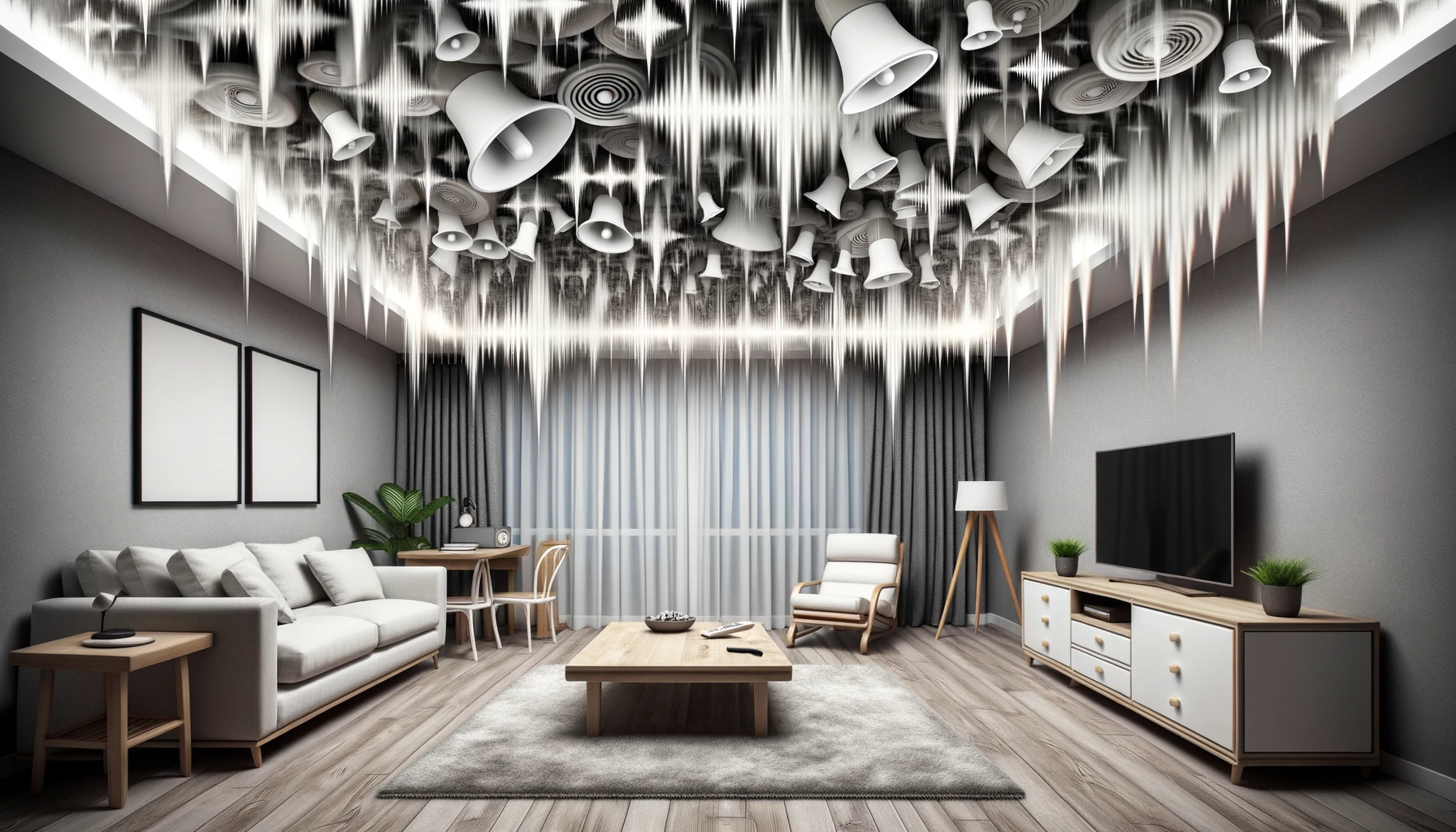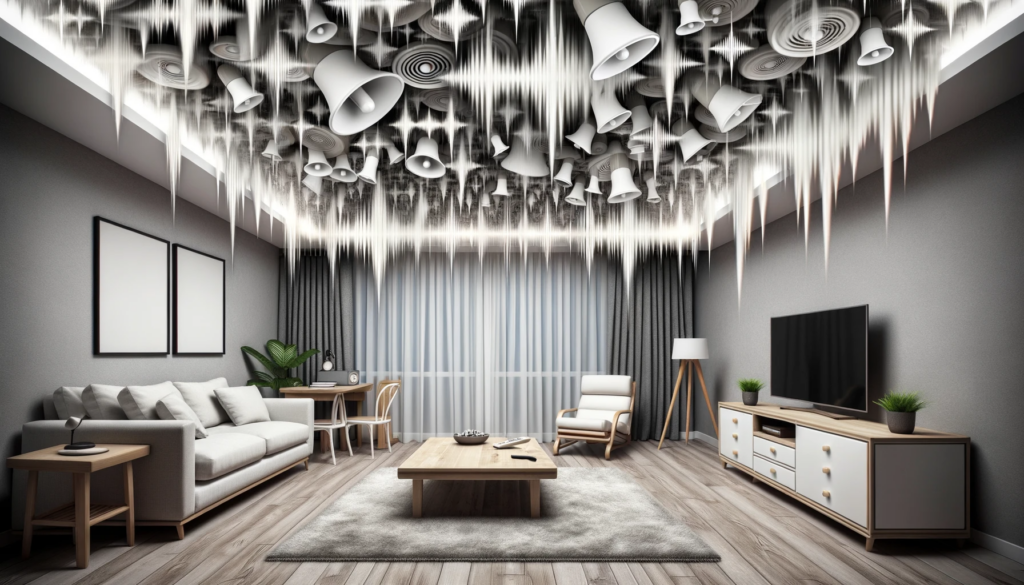
Table of Contents
Misconceptions about Soundproofing
The search term ceiling soundproofing is wrong from many angles. First, there is no such thing as soundproofing. With noise transmission there is no proofing going on at all. With noise transmission it is all about noise mitigation. You are trying to reduce noise levels so that they fall below a design number to avoid nuisance. Noise transmission is all about ratios of noise to a quiet pressure level.
Ceiling soundproofing would incorrectly imply that a ceiling could be treated to reduce the impact of noise transmission. The ceiling soundproofing option is possible but not without treating the rest of the room the same as the ceiling.
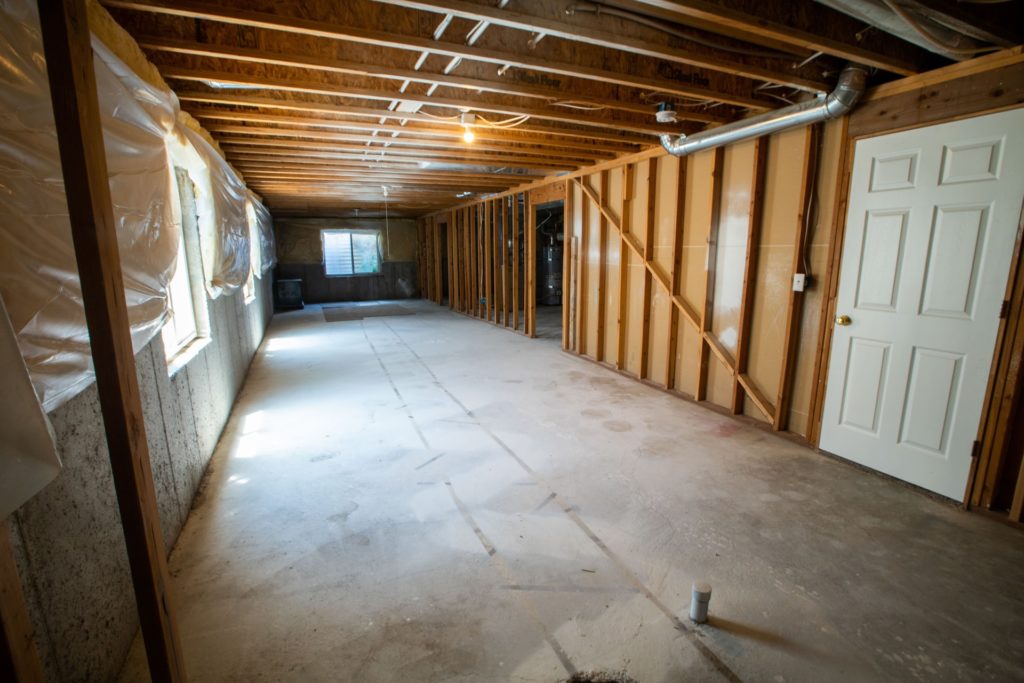
The Physics of Noise Transmission
A noise fix is a permanent construction fix. Using a search term for ceiling soundproofing dismisses the physics of noise. Noise (sound) is like water. It will find the weakest link in any room structure and go through it. If you just “fix” the ceiling, the noise will go to the untreated surfaces. The term for this occurrence is flanking noise. Reducing noise is all about reducing the vibrations that noise sources produce. Take a garbage truck in the neighborhood.
The truck roras down the road creating a lot of airborne energy. That energy travels through the air and strikes your room walls. It then becomes vibrational energy and burrows its way through your walls that are not designed to slow the noise worm down at all. The goal design of any barrier technology is to reduce the impact of vibration transmission. Let’s get back to the original search term ceiling soundproofing.
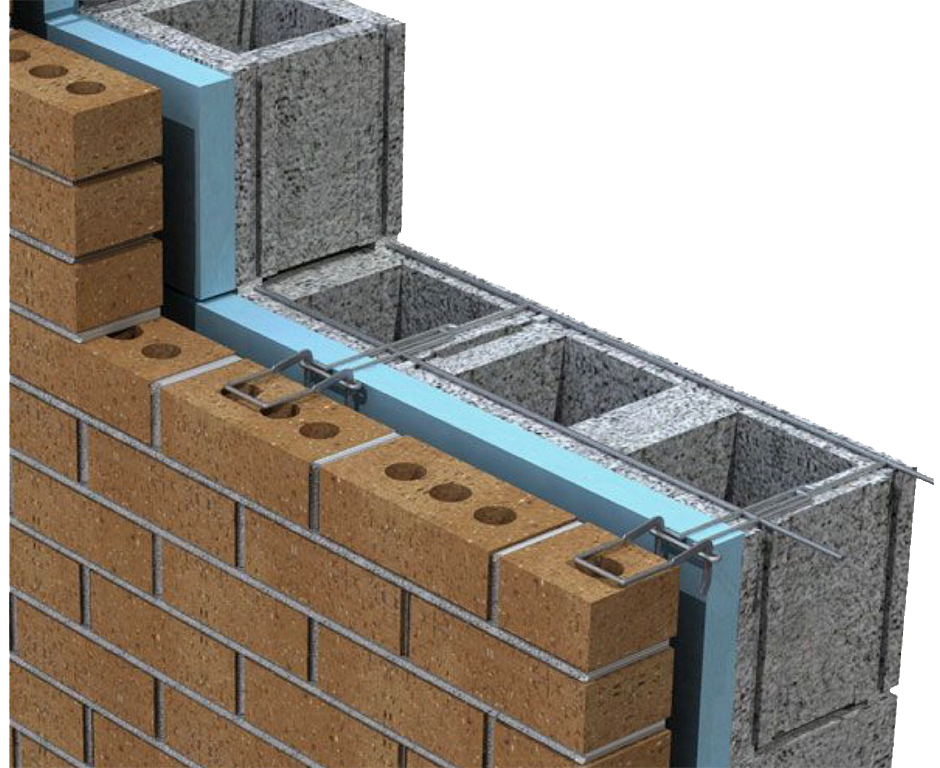
Addressing Vibration Transmission
When we are dealing with the ceiling, four walls, or the floor, we are dealing with noise transmission which is another word for vibration transmission. Since we must address the management of vibrations, we must manage the vibrations of all the four walls along with the floor and ceiling. We can not search for a solution of ceiling soundproofing. We must use a solution that includes all boundary surfaces within our room.
Since everything is connected together within our room, we must build a room that does not respond to vibrations at any frequency if we are using an absolute approach. We must build a boat to put in the ocean. It must be strong enough to handle the constant pressure from low frequency waves splashing against it (garbage truck). We must also build our boat so that it does not leak and allow airborne energy to enter our room. It’s hard enough to keep the house cool in the summer with the windows open.
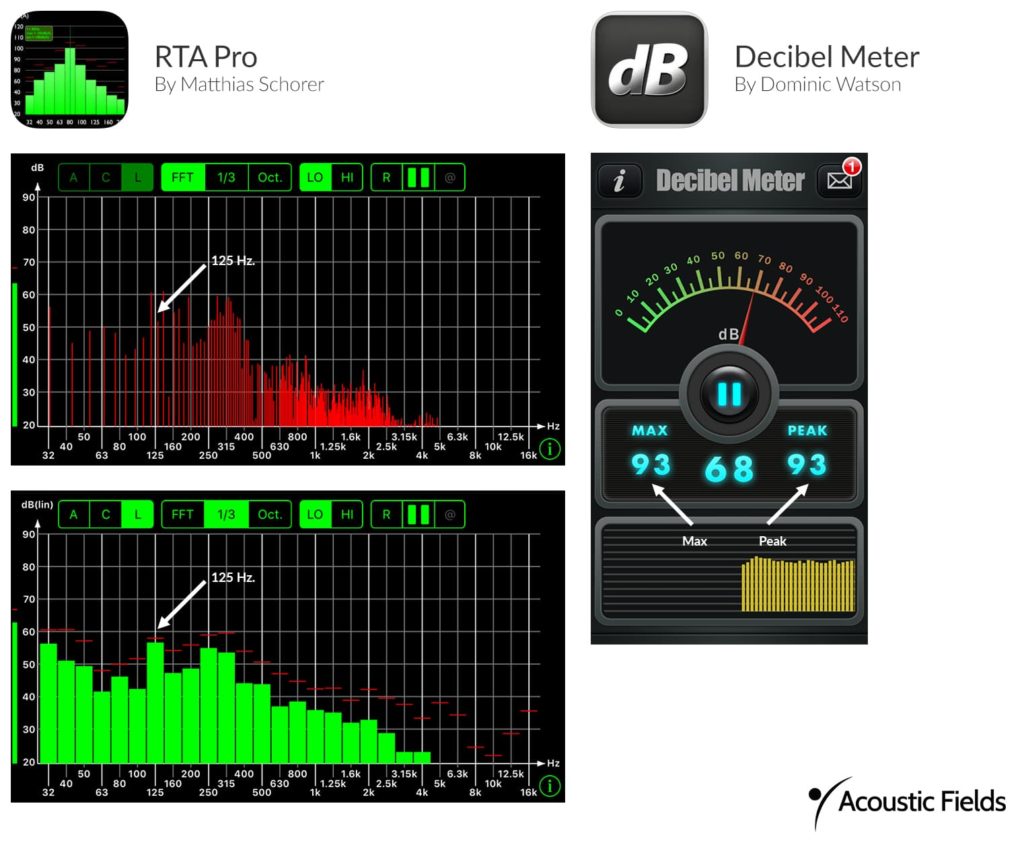
Designing a Sound-Resistant Room
Since our room must keep sound that is generated inside the room inside the room and sound that is generated from outside sources out of the room, we must first know what the frequency and amplitude of the airborne energy from the outside is. We must measure the frequency and amplitude over a typical one week time period. We need to have a noise map of the neighborhood.
Once we know our airborne enemy, we can begin to design the proper barrier that will reduce the vibrations from the measured frequency and amplitude issues we have recorded from outside sources. Every material used within the barrier design is frequency and amplitude dependent. Barrier materials are chosen based upon the frequency and amplitude of the measured noise.
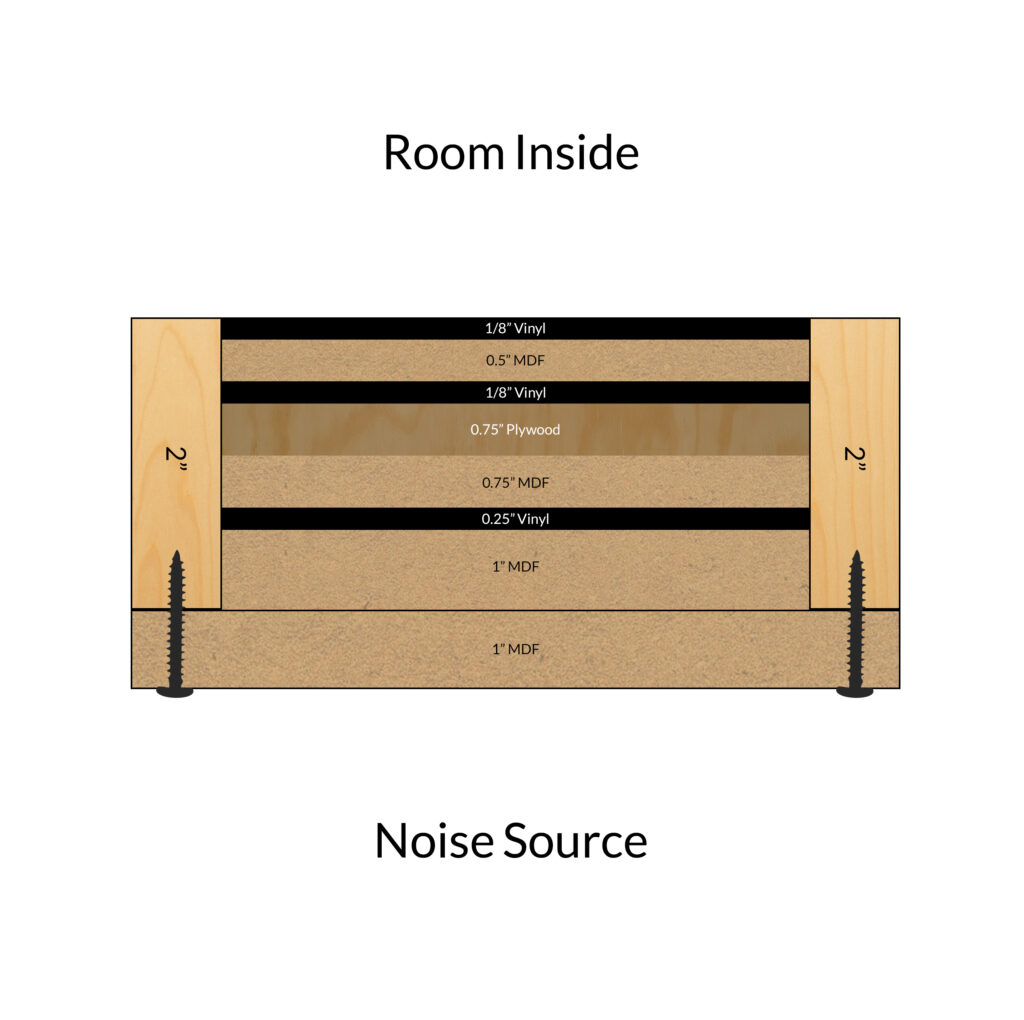
Barrier Material Selection Process
Barrier material types are chosen based upon the frequency and amplitude of the measured noise. Airborne energy that falls below 125 hz. has a different material and construction methodology than noise that is above 125 hz. The density or thickness of the material type chosen, along with its arrangement to other materials used, is strictly based upon the frequency and amplitude of noise. You must select the proper material type, its density, and how it is arranged within the barrier to produce the desired results of minimizing vibrational transmission.
At Acoustic Fields, we have a noise measurement process where we send you our apps, you download them to your phone and take the noise measurements with your phone per our instructions. You record the noise numbers on our online data sheet and send it to us. We will then send you a drawing of what barrier to build.


